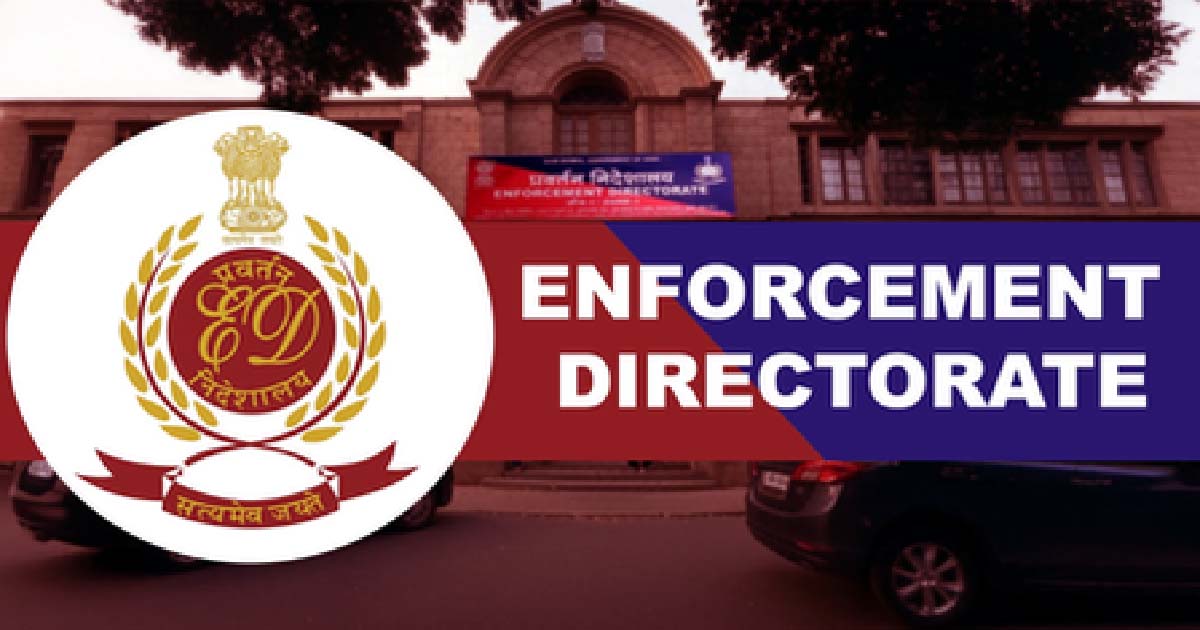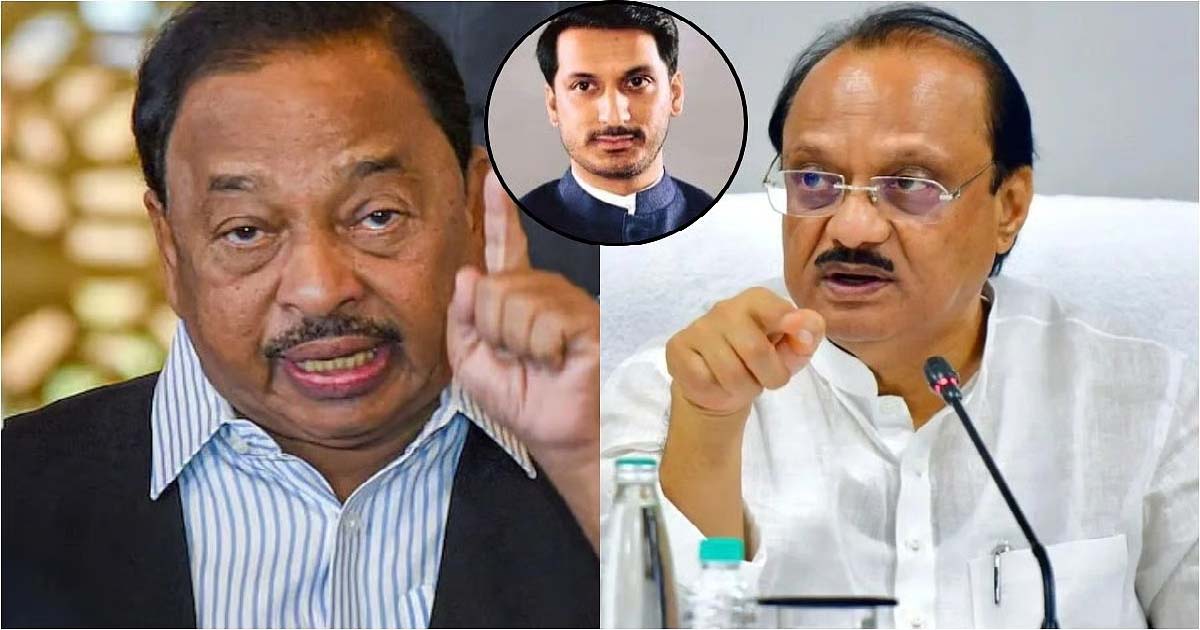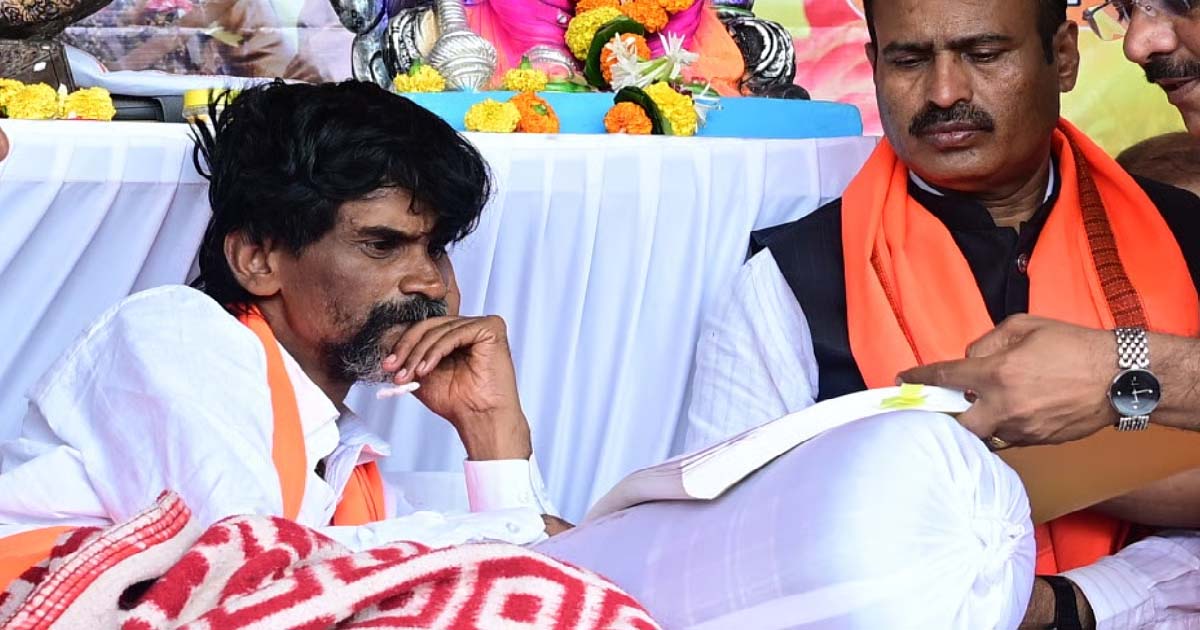National News
India destroys JeM’s Markaz Subhan Allah terror camp in Pakistan’s Bahawalpur

New Delhi, May 7: In a major counter-terrorism offensive, India on Wednesday destroyed ‘Markaz Subhan Allah’, the Jaish-e-Mohammed (JeM) terror headquarters and training facility in Bahawalpur, Pakistan.
Once a key base for terrorist operations, the site has been reduced to rubble, signalling a strong response to ongoing cross-border threats.
Videos show the extent of damage caused to the terrorist base. The morning visuals show the building reduced to rubble with gaping holes in the roof and concrete lying all around.
Although bodies could not be seen in the available video but fallen slabs could be seen.
The video also shows a few men scurrying around the fallen building. The video was shot in the day’s light after the airstrikes by the Indian Air Force and exhibits the precision power of the force.
Bahawalpur is deep inside Pakistan and is the 12th largest city, and serves as the nerve centre of Jaish-e-Mohammed.
The JeM has been responsible for multiple attacks on Indian soil over the past two decades.
Located around 161 km from the India-Pakistan border, Bahawalpur houses the group’s operational headquarters at the Jamia Masjid Subhan Allah, also known as the Usman-o-Ali campus.
India successfully destroyed terrorists’ hideouts here and exposed the total failure of the Pakistan air defence.
India on Wednesday conducted precision strikes targeting nine key terror infrastructure sites across Pakistan and Pakistan-occupied Kashmir (PoK).
Code-named Operation Sindoor, it was jointly executed by the Indian Army, Navy, and Air Force, utilising special precision munitions.
In a military operation following the Pahalgam terror attack, which claimed 26 civilian lives, India launched ‘Operation Sindoor’, striking nine high-value terror targets deep inside Pakistani territory.
The operation, executed with surgical precision, was closely monitored by Prime Minister Narendra Modi and senior security officials through the night.
The Indian Army also confirmed that the strikes were meticulously planned and executed, ensuring that no civilian or military infrastructure in Pakistan was affected.
The operation targeted infrastructure linked to terror groups responsible for the April 22 Pahalgam attack, which killed 25 Indian nationals and one Nepali citizen in Jammu and Kashmir.
Sources said the Prime Minister remained in constant communication with top military commanders and National Security Advisor Ajit Doval during the operation.
According to official statements, the nine targets included camps and logistical bases associated with terror groups operating from within Pakistan and PoK.
Crime
ED probing shell firms linked to Bengal human trafficking racket

Kolkata, Nov 8: The Enforcement Directorate (ED) is examining bank accounts linked to a network of shell companies allegedly used to divert proceeds of crime generated through the multi-crore human trafficking racket operating in West Bengal.
The ED unearthed information about these shell companies following raid and search operations conducted on Friday at six locations across different parts of the state. During scrutiny, officials found that large sums were deposited into these accounts and withdrawn within hours, suggesting layering and diversion of illicit funds.
Sources said that through the ongoing examination of these accounts, the investigating officers are attempting to trace the ultimate beneficiaries of the racket.
Meanwhile, the ED issued a statement on Saturday confirming that during the raids, cash worth over Rs 1.01 crore, several digital devices, and property-related documents were seized.
“Several bank account details under the use and operation of the accused/suspect persons have been identified. Two high-end luxury vehicles, including a Land Rover Defender and a Jaguar, have also been frozen under the provisions of PMLA,” the agency stated.
According to the ED, the organised trafficking network operated primarily through bar-cum-restaurants and dance bars in West Bengal.
The central agency initiated its probe based on multiple FIRs registered by Kolkata Police and the West Bengal Police against the key operators of the human trafficking racket under various sections of the erstwhile Indian Penal Code and the Immoral Traffic (Prevention) Act. The ED subsequently registered an Enforcement Case Information Report (ECIR) under the Prevention of Money Laundering Act (PMLA).
Investigations have revealed that the accused exploited vulnerable women under false promises of employment, coercing them into prostitution, and generating substantial illegal proceeds in the process.
The accused identified so far include Jagjit Singh, Ajmal Siddiqui, Bishnu Mudra, and their associates, who allegedly played crucial roles in the financial and operational aspects of the racket.
National News
Maharashtra: ‘Children Can Grow Up But Must Be Obedient,’ Says BJP MP Narayan Rane On Ajit Pawar’s Pune Land Scam Reply

Mumbai, Nov 8: The controversial land deal linked to Deputy Chief Minister Ajit Pawar’s son, Parth, has given a new handle to the NCP stalwart’s traditional political rivals to target him over his response to allegations. The BJP, Shiv Sena, and NCP are constituents of the ruling Mahayuti alliance.
Responding to Ajit Pawar’s earlier remark that “when your children grow up, they do their own business,” BJP MP Narayan Rane on Saturday quipped, “Children can grow up, but they should be obedient. What more can I say about it?”.
Once a vocal critic of Ajit Pawar in the past, Rane refrained from making further comments on the issue.
Maharashtra minister and BJP leader Radhakrishna Vikhe Patil has said that Ajit Pawar’s “busy schedule” may have delayed his response to the controversy.
“If Ajit Pawar had acted when he first got wind of the Pune land issue, this situation might not have arisen. But considering his busy schedule, sometimes a few decisions happen automatically,” Vikhe Patil told reporters on Friday.
Vikhe Patil, a former Congressman, and the Pawars have been political rivals in western Maharashtra for decades.
The controversy pertains to the alleged illegal sale of 40 acres of government land in Pune’s Mundhwa area, reportedly worth around Rs 1,800 crore, which Opposition leaders claim was purchased by a company linked to Ajit Pawar’s son Parth for only Rs 300 crore with a stamp duty waiver.
While an FIR was registered on Thursday against three persons, including one of the partners in the company and a government official, for causing loss to the exchequer, Ajit Pawar denied any connection to the transaction.
He had heard of the matter a few months ago and made it clear that he would not tolerate any wrongdoing, he said.
National News
Mumbai Police Summons Maratha Activist Manoj Jarange-Patil & 5 Others

Mumbai: Mumbai Police on November 8 has summoned Maratha activist Manoj Jarange-Patil and five others to appear before the investigating officer at Azad Maidan Police Station on November 10.
The Maratha activist and five others have been called between 11 am and 1 pm on November 10.
The summons relate to violations during Jarange-Patil’s hunger strike at Azad Maidan, where police allege rules and Bombay High Court guidelines were breached.
-

 Crime3 years ago
Crime3 years agoClass 10 student jumps to death in Jaipur
-

 Maharashtra1 year ago
Maharashtra1 year agoMumbai Local Train Update: Central Railway’s New Timetable Comes Into Effect; Check Full List Of Revised Timings & Stations
-

 Maharashtra1 year ago
Maharashtra1 year agoMumbai To Go Toll-Free Tonight! Maharashtra Govt Announces Complete Toll Waiver For Light Motor Vehicles At All 5 Entry Points Of City
-

 Maharashtra1 year ago
Maharashtra1 year agoFalse photo of Imtiaz Jaleel’s rally, exposing the fooling conspiracy
-

 National News1 year ago
National News1 year agoMinistry of Railways rolls out Special Drive 4.0 with focus on digitisation, cleanliness, inclusiveness and grievance redressal
-

 Maharashtra12 months ago
Maharashtra12 months agoMaharashtra Elections 2024: Mumbai Metro & BEST Services Extended Till Midnight On Voting Day
-

 National News1 year ago
National News1 year agoJ&K: 4 Jawans Killed, 28 Injured After Bus Carrying BSF Personnel For Poll Duty Falls Into Gorge In Budgam; Terrifying Visuals Surface
-

 Crime1 year ago
Crime1 year agoBaba Siddique Murder: Mumbai Police Unable To Get Lawrence Bishnoi Custody Due To Home Ministry Order, Says Report












